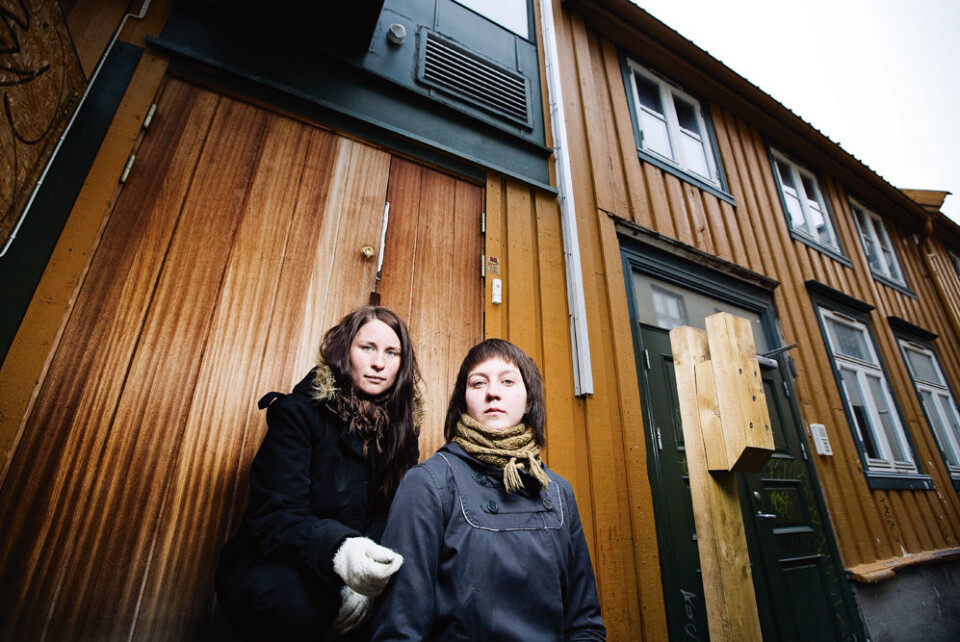
Left out by NTNU
Without informing anyone, NTNU wanted to coordinate the Cultural Heritage and Archaeology students under one program board. - We are being used to smooth things over for someone else’s conflict, says program board leader for Cultural Heritage, Ola Svein Stugu.
– A lot has been going on without us knowing about it. Someone has obviously forgotten to involve us in the matter, says Stugu.
In September Stugu was notified of what was going to happen, three months after the case was discussed. The message he got was that the program board he was leading was to be coordinated with a similar board for Archaeology.
– Why does NTNU wish to make this change? Is it to save money?
– It is most certainly not because we here at Cultural Heritage are having problems. This is most likely an effort to solve a situation between The Faculty of Arts and the Museum of Natural History and Archaeology (Vitenskapsmuseet), and we are used to even out their differences, says Stugu.
No reason to combine
Mari Søbstad Amundsen and Therese Strupstad Hagen, students at Cultural Heritage, think that their program of study has been pulled into a conflict that has got nothing to do with them.
– Rector Digernes is having a meeting with dean Skretting at the Faculty of Arts and the leader of Vitenskapsmuseet on November 6th, where they are going to discuss this matter further. We applied to get student representatives, but we were turned down. We were told that the matter was too big to have students present, says Søbstad Amundsen.
Program board leader Stugu has not given up.
– A lot is still unclear in this matter. But we think that the program of study is working on its own, and we are skeptical to arrangements where we no longer have control over how the program is going to be in the future, he says.
With a leadership that both teaches and participates in the long-term planning of the study, he thinks the program board is doing a good job. He is skeptic to NTNU’s plans.
– The plans are not good enough. One example is that an archaeologist from Vitenskapsmuseet is going to lead Cultural Heritage’s working committee, says Stugu.
Willing to work together
Søbstad Amundsen finds it peculiar that an archaeologist is suggested as leader of their working committee.
– I cannot understand why they are putting us together like this, our studies focus on completely different things. While the archaeologists work with ancient monuments - automatically preserved cultural heritage - we at Cultural Heritage work with newer cultural heritage, Søbstad Amundsen points out.
– At the same time we’re not negative to the idea of working together, we have archaeology subjects in our bachelor. But we are protective of Cultural Heritage’s development, as it is a very small study.
Feel left out
Two notes to the Rectorate is all Søbstad Amundsen and Strupstad Hagen has to relate to when t comes to the future of their program of study. Both notes talk about how the Archaeology study is to be organized.
– It is appalling that Cultural Heritage is left out like this. The notes are obviously focused on archaeology, and says little of the consequences of such a decision, says Strupstad Hagen.
The decision she is referring to is about the program board’s future, a decision for which they cannot find a reason. Their opinion is that today’s arrangement is working perfectly.
– That is because there are people on the program board that actually cares. They are genuinely interested in making the study better. Why change that, Strupstad Hagen asks.
Translated by Maria Kråkmo

































